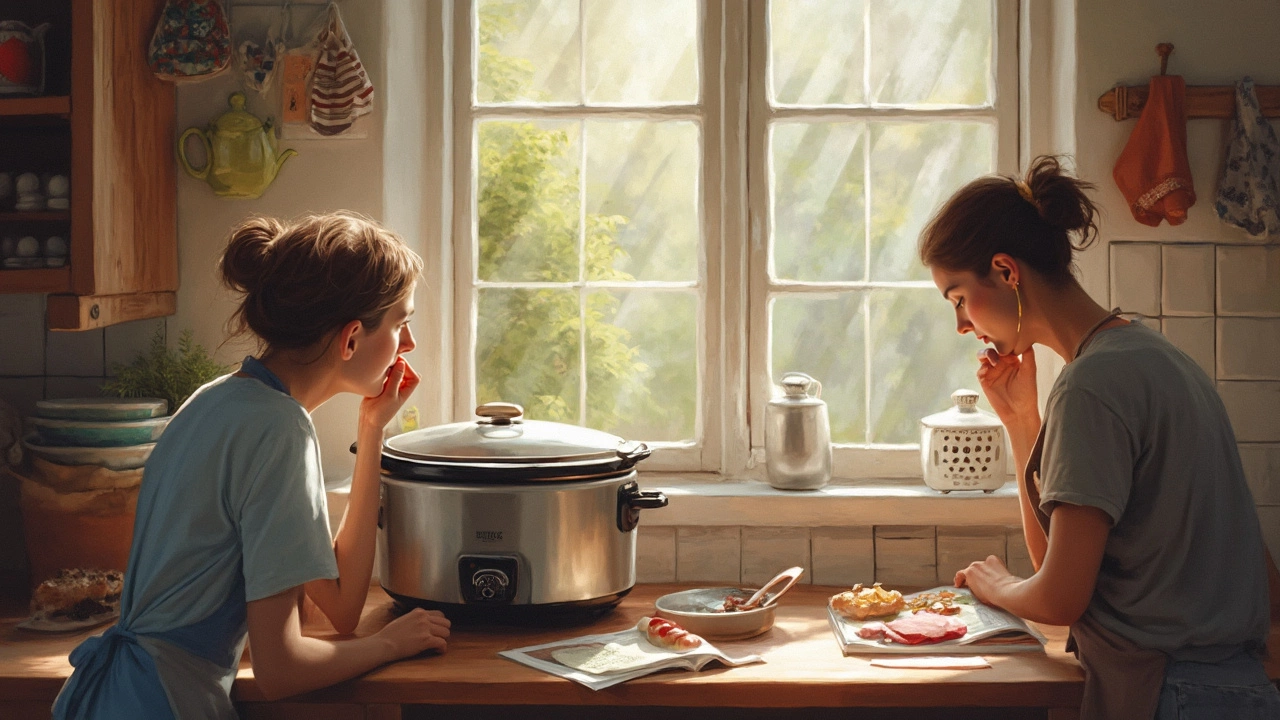Safety Tips for Cooking and Food – Keep Your Kitchen and Diet Safe
Feeling safe in the kitchen makes cooking fun, not scary. Below are simple, no‑fluff tips you can start using right now. They cover everything from hot pans to hidden gluten, so you’ll know exactly what to watch out for.
Everyday Kitchen Safety
First, always keep a clear work surface. A cluttered counter invites spills, cuts, and burns. Put away knives you’re not using, and keep loose cords away from the stove.
When you heat oil or butter, never leave it unattended. The moment you see the edges start to smoke, turn the heat down or remove the pan. A quick response stops a fire before it spreads.
Use oven mitts that cover your wrists, not just your hands. This prevents burns when you pull a hot tray out of the oven. If possible, pull the tray straight toward you rather than over the stove where steam can hit your face.
Check your appliances regularly. A cracked crockpot lid or frayed slow‑cooker cord can cause leaks or electrical shocks. If anything looks worn, replace it before your next meal.
Finally, keep a small fire‑extinguishing blanket or a box of baking soda near the stove. If a flame lifts, you can smother it safely without reaching for water, which can make oil fires worse.
Food Choices and Dietary Safety
Gluten‑free doesn’t always mean safe. Some sauces, seasonings, and even alcohol can hide gluten. Look for labels that say "gluten‑free" and double‑check ingredient lists for hidden wheat starch.
If you have celiac disease, stick to drinks that are naturally gluten‑free, like wine, distilled spirits, and most beers labeled gluten‑free. Avoid flavored malt drinks unless the label guarantees no gluten.
Slow cookers are great, but not all foods belong inside them. Dairy can curdle, and certain seafood releases toxins when cooked too long. Follow recipes that specifically mention slow‑cooker safety, and never overload the pot – it needs room for steam to circulate.
When you store leftovers, cool them quickly and put them in shallow containers. Bacteria grow fast in the "danger zone" between 40°F and 140°F. Aim to refrigerate within two hours, or one hour if the room is warm.
Lastly, practice good hand hygiene. Wash your hands with soap for at least 20 seconds before handling any food, especially raw meat. Clean surfaces with hot, soapy water, then dry them – a dry surface stops bacteria from spreading.
Putting these habits into your routine will make every meal safer and more enjoyable. You don’t need a culinary degree to stay safe; just follow these practical steps and cook with confidence.
Is it Safe to Put a Tea Towel Under a Slow Cooker Lid?
Wondering if you can put a tea towel under your slow cooker lid? This article sheds light on the safety concerns, why some cooks do it, and whether it really improves your dishes. You'll find practical tips for using slow cookers without risking kitchen mishaps. Discover alternatives to using a tea towel for keeping your meals just right. Get the real story and avoid common pitfalls when trying out this home-cooking hack.
